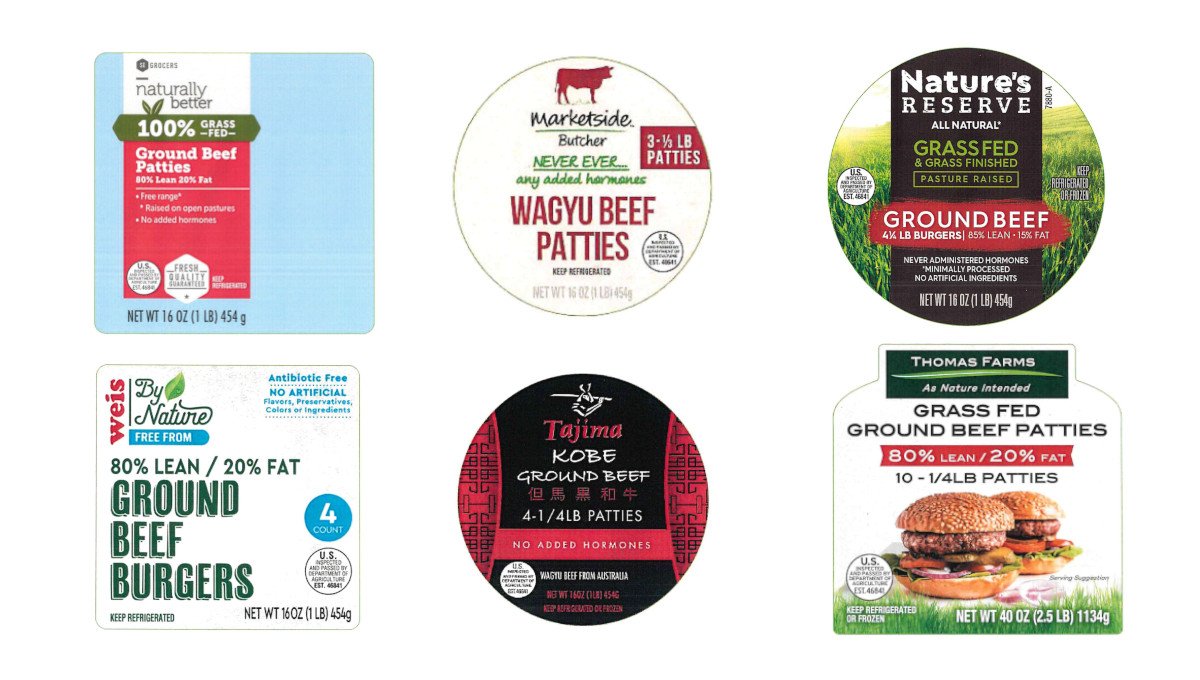Public health officials in Washington state are urging people to practice safe procedures for home canning after a man died during the weekend.
The man, from Grays Harbor County, was between 55 and 65 years old, according to a news release from the public health department.
The department has not yet released any other information about the man, except to say it is believed he died from botulism poisoning. Testing is ongoing to confirm the cause of death.
“Grays Harbor County Environmental Health assisted the property owner with the safe disposal of around 170 pint-sized jars of home-canned food and canning jars per CDC guidelines,” according to the county’s news release.
Botulism is odorless and cannot be seen or tasted; however, even a small taste of food containing the toxin can be deadly, according to the U.S. Centers for Disease control and Prevention, the county release warns.
The CDC’s information on home canning includes the following tips:
1. Use proper canning techniques.
The best way to prevent foodborne botulism is by carefully following instructions for safe home canning from the USDA Complete Guide to Home Canning . Only use recipes and cookbooks that follow the steps in the USDA guide. Don’t use other recipes, even if you got them from a trusted friend or family member.
You can learn more about proper home canning from these resources:
2. Use the right equipment for the kind of food you are canning.
Low-acid foods are the most common sources of botulism linked to home canning. These foods have a pH level greater than 4.6. Low-acid foods include most vegetables including asparagus, green beans, beets, corn, tomatoes and potatoes, some fruits, milk, all meats, fish and other seafood.
Pressure canning is the only recommended method for canning low-acid foods.
- Do not use a boiling water canner for low-acid foods because it will not protect against botulism.
- Do not use an electric, multi-cooker appliance, even if it has a “canning” or “steam canning” button on the front panel. Learn more
When pressure canning, keep the following things in mind.
- Use a recommended pressure canner that holds at least four one-quart jars sitting upright on the rack.
- Be sure the gauge of the pressure canner is accurate. Many county extension offices will check gauges. Contact the pressure canner manufacturer for other options.
- Clean lid gaskets and other parts according to the manufacturer’s directions.
- Vent the pressure canner before pressurizing and follow recommended cooling steps.
- Use up-to-date processing times and pressures for the kind of food, the size of jar, and the method of packing food in the jar. Pay special attention to processing times for low-acid foods.
Review USDA’s Complete Guide to Home Canning for more information on pressure canning.
3. When in doubt, throw it out!
If you have any doubt whether safe canning guidelines have been followed, do not eat the food.
Home-canned and store-bought food might be contaminated with toxin or other harmful germs if:
- the container is leaking, bulging, or swollen;
- the container looks damaged, cracked, or abnormal;
- the container spurts liquid or foam when opened; or
- the food is discolored, moldy, or smells bad.
From Grays Harbor County Public Health:
Two resources for safe canning practices include the CDC – https://www.cdc.gov/foodsafety/communication/home-canning-and-botulism.html – and Washington State University Extension Grays Harbor – https://extension.wsu.edu/graysharbor/family/food/.
If you’re new to canning or need a refresher, the USDA has a great resource, the Complete Guide to Home Canning, available for free download at https://nchfp.uga.edu/publications/usda/GUIDE01_HomeCan_rev0715.pdf.
About botulism
While a variety of illnesses can result from eating under-processed food, one of the most dangerous is botulism poisoning. Untreated, botulism can paralyze the muscles needed for breathing, resulting in sudden death.
Anyone who has eaten any recalled products and developed signs of botulism poisoning should immediately seek medical attention, according to the U.S. Centers for Disease Control and Prevention (CDC).
“In foodborne botulism, symptoms generally begin 18 to 36 hours after eating contaminated food. However, symptoms can begin as soon as 6 hours after or up to 10 days later,” according to the CDC website.
The symptoms of botulism may include some of all of the following: double vision, blurred vision, drooping eyelids, slurred speech, difficulty swallowing, difficulty breathing, a thick-feeling tongue, dry mouth, and muscle weakness. People with botulism poisoning may not show all of these symptoms at once.
These symptoms result from muscle paralysis caused by the toxin. If untreated, the disease may progress, and symptoms may worsen to cause paralysis of specific muscles, including those used in breathing and those in the arms, legs, and the body from the neck to the pelvis area.
(To sign up for a free subscription to Food Safety News, click here)











